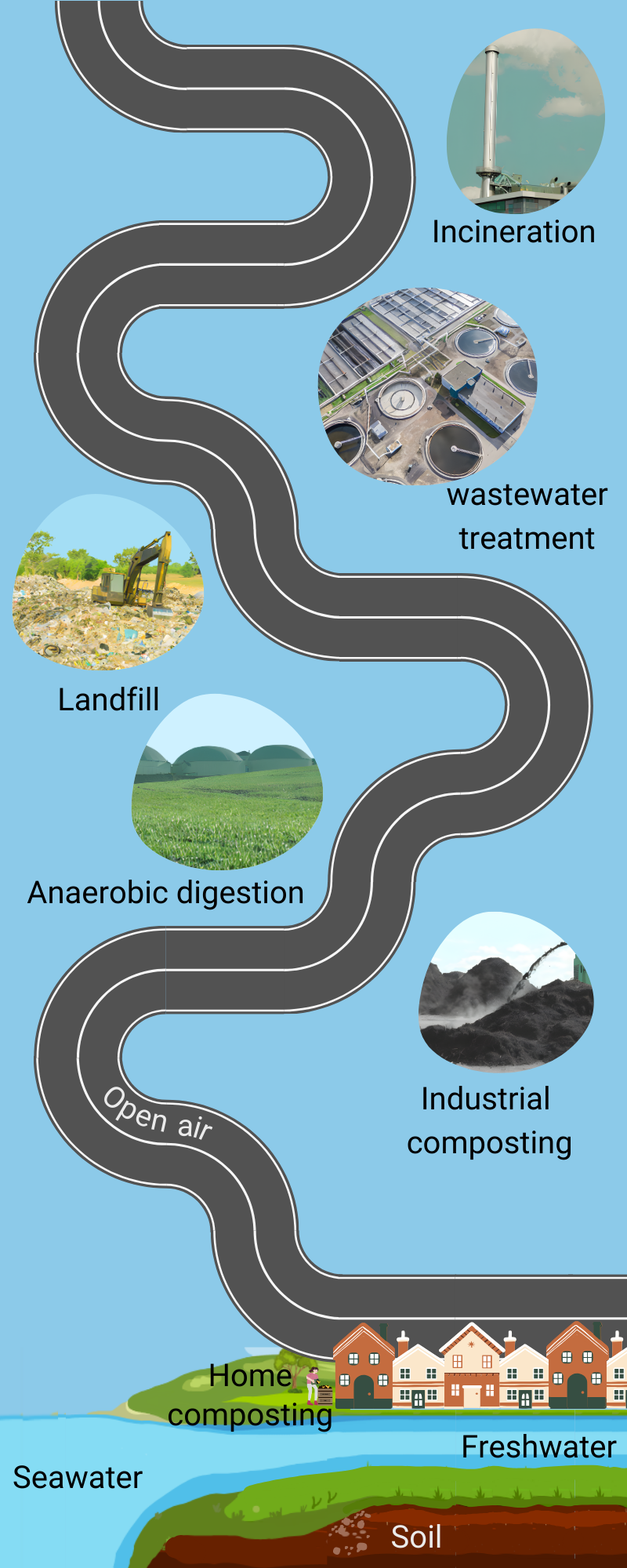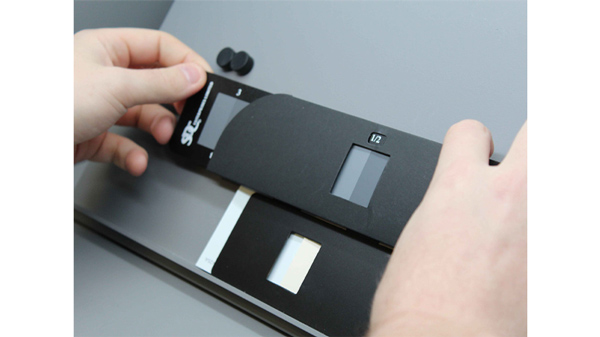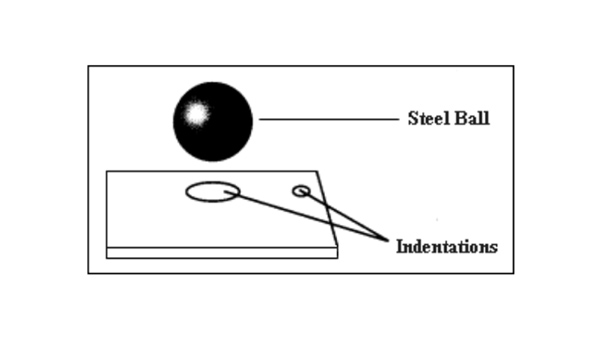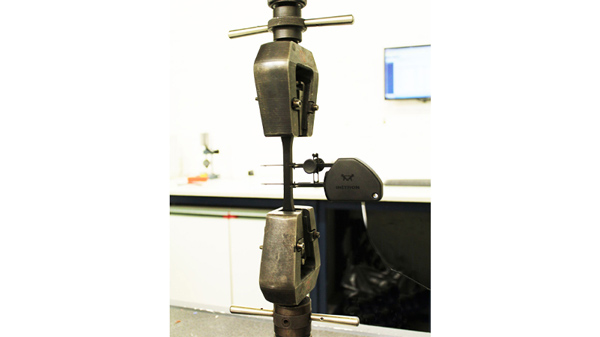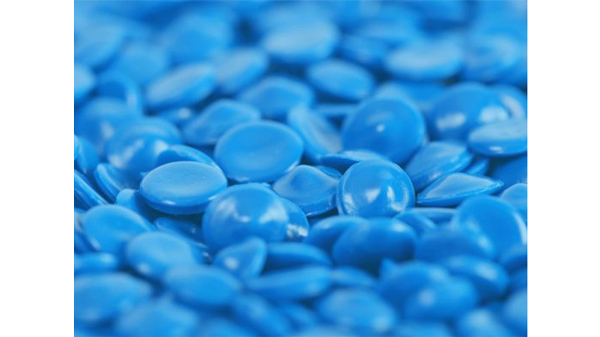end-of-life bio testing
where does your biodegradable packaging end up?
End of life environments
Have you ever wondered when exactly a product reaches its end-of-life environment? Is it when the consumer purchases it and takes it home? Or perhaps when they dispose of it in the bin? Or maybe it’s when the bin lorry picks the bin up?
The truth is, all products end up somewhere different depending on factors like their intended and realistic use, disposal instructions, localised infrastructure, composition, weather conditions, and so on. When conducting a biodegradability test for a material or product, it’s essential to consider the different types of environments where your material may end up, as it may be more than one.
End-of-life natural environments
Natural environments include settings such as soil, water bodies (rivers, lakes, and oceans), open-air (on land), and composting facilities. These environments rely on biological processes for decomposition, including microbial activity, temperature fluctuations, and moisture levels.
End-of-life artificial environments
Artificial environments encompass managed settings like landfills, incinerators, wastewater treatment, and anaerobic digestion facilities. These environments often have limited access to air, moisture, or microbial activity, which can impact the degradation of materials. Artificial environments encompass settings where human intervention is more prevalent, with some environments undergoing processes like combustion or mechanical breakdown, often resulting in the generation of waste residues or emissions. However, because artificial environments have been created once before, they are less challenging to simulate during biodegradability testing.
You might wonder how can composting be natural if human intervention is required?
Although both industrial and home composting involve human intervention to set up and manage the composting process, the distinction between natural and artificial environments lies in the underlying processes that occur once the materials are placed in the composting system. Industrial composting simply speeds up the natural process of biodegradation by providing an ideal environment for bacteria, fungi, and other decomposing organisms (including worms, sowbugs, and nematodes) to do their work. Through the activity of microorganisms like bacteria and fungi, the test for a composting environment mimics the natural decomposition processes that occur in ecosystems like forests where organic matter falls to the ground and breaks down over time. So, while composting requires human intervention, it is still considered a natural end-of-life environment due to the reliance on biological processes for decomposition. Additionally, human intervention is necessary for tasks such as creating piles, turning them periodically, and maintaining the correct balance of carbon and nitrogen.
Understanding end of life environments for more accurate testing
Understanding the end-of-life environments is crucial for predicting the fate of materials and products in the waste stream. By identifying the likely destination of your product after disposal, we can tailor testing and evaluation methods to simulate these conditions more accurately. This enables us to assess factors like biodegradability, recyclability, or environmental impact more effectively, helping you make informed decisions about your product’s life cycle and sustainability practices.
